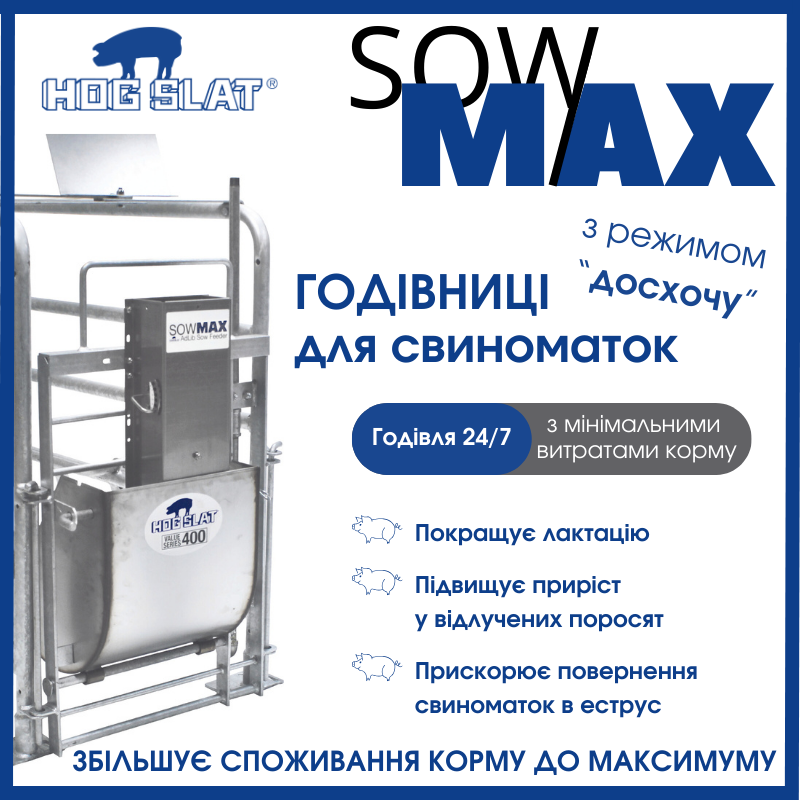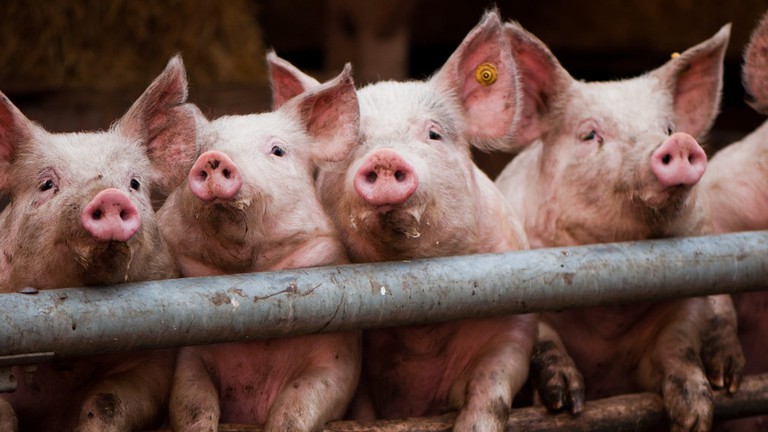Genetic work aimed at improving the reproductive qualities of sows has led to a change in approaches to animal feeding and the revision of the norms of certain nutrients in the diet.
As a result of breeding sows for hyperproductivity, new production challenges arise: increased nest heterogeneity; reduced viability of piglets; low live weight at birth; intrauterine growth retardation As a result, weaker piglets are born, their mortality rate to weaning increases, and the frequency of neonatal diarrhea development. This consequently affects the growth of the animals in the long term and is manifested by a slowing down of the rate of muscle tissue build-up and damage to the hormonal system. Therefore, if the quality of embryos is not improved at the stage of their development, it will be impossible to increase the main production indicators of piglets in the future.
However, practical experience confirms the possibility of improving the productivity of sows and the quality of nests by nutritional influence on the animals during the piglet stage. Learn more about this from the article 'Reduction of oxidative stress in hyperproductive sows during nursery period' by Sergey Dobryansky in the October issue of 'Profitable pig production: military digest' № 5 (71).



